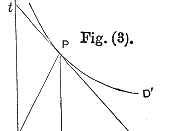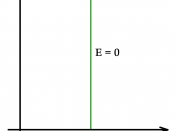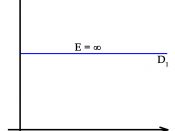Oligopoly
Oligopoly comes from the Greek word meaning few sellers.
Big business is an example of oligopoly. It is a market dominated by few sellers. These are
industries like steel, automobiles, oil, and breakfast cereals.
Because there are few firms, each firm must consider how their policies are going to effect
their competitor's behavior.
In some oligopolist industries there is a homogeneous product. Ex. Steel, Oil, etc.
In others, the product is differentiated across producers. Ex. Automobiles, tobacco.
Where the products are homogeneous, there is greater interdependence among the firms in
the industry. In these markets, a small change in price will send customers to and from the
rivals.
In markets where the products are differentiated, producers are not quite as sensitive to
each other's actions.
Oligopoly is like a tennis match, where each player's actions depend on how and where
the opponent hits the ball.
How have oligopolies emerged?
This type of market structure can often be traced to some form of barrier to entry like
economies of scale, legal restrictions, brand name and brand loyalty or control over an
essential resource.
The same barriers to entry that we defined in monopoly apply to oligopoly: economies of
scale, legal restrictions, control of an essential resource.
Economies of Scale
This is perhaps the most significant barrier.
If the minimum efficient scale in an industry is a fairly large size, then only a few firms are
needed to produce the output demanded by the market.
For the auto industry, it has been found that the minimum efficient scale for an auto plant
is one that can produce 10% of the US auto market.
High Cost of Entry
The high cost of entering the market for new entrants is another aspect of the oligopolist
market.
The cost of building the size plant...


